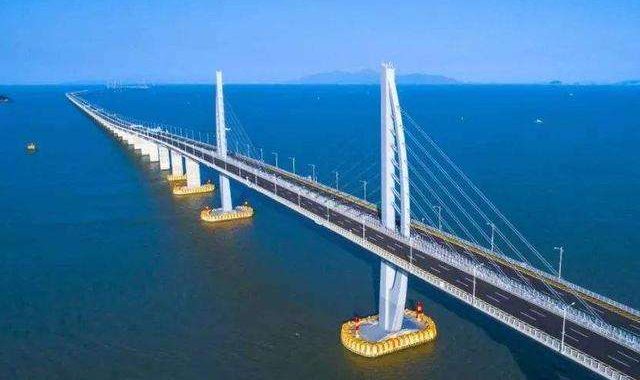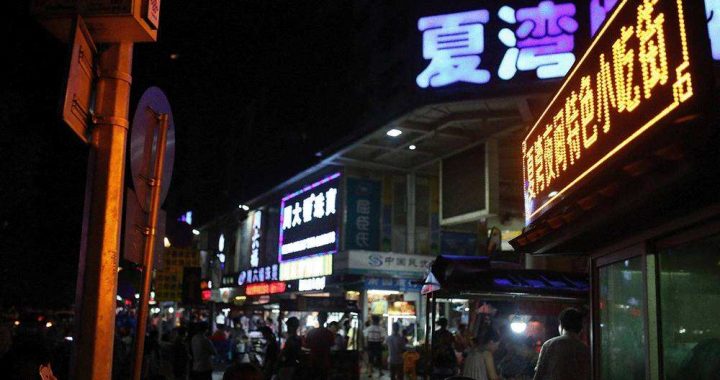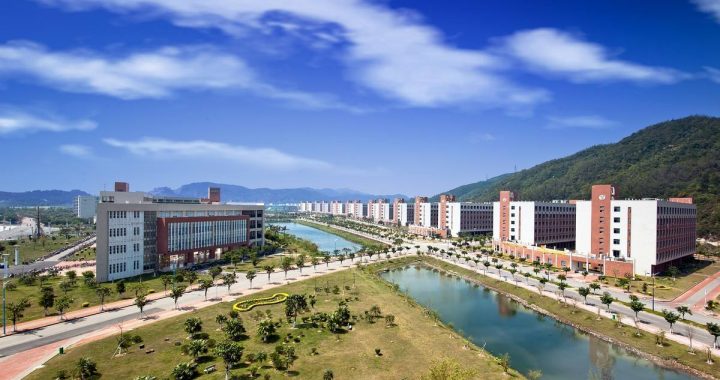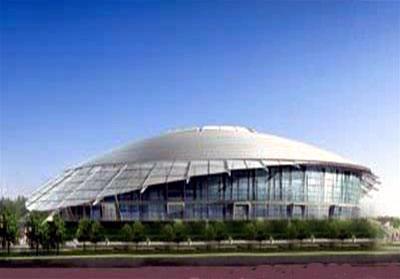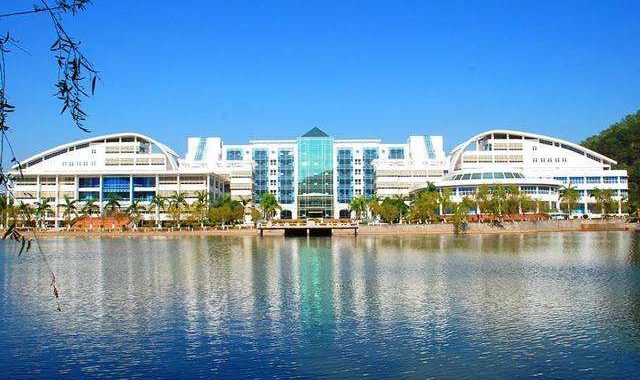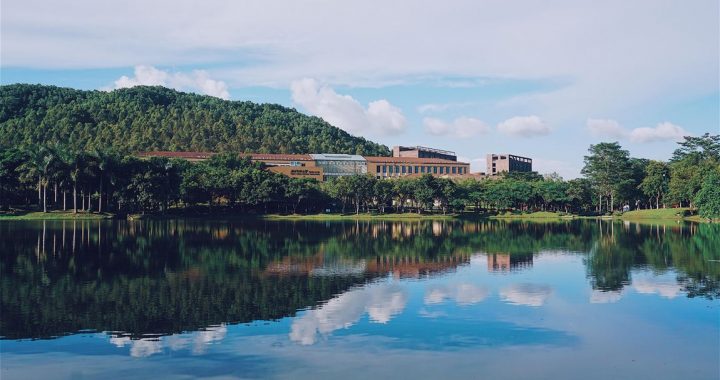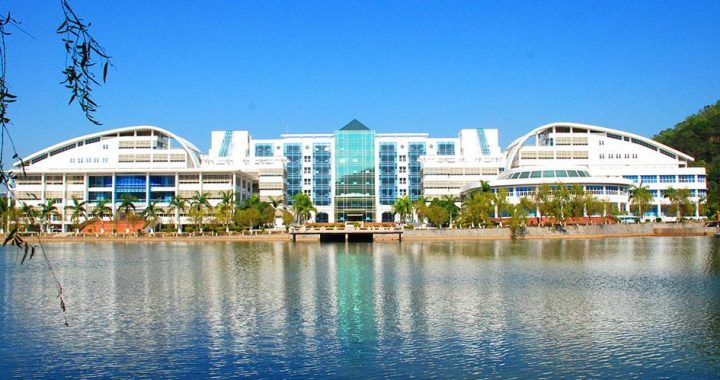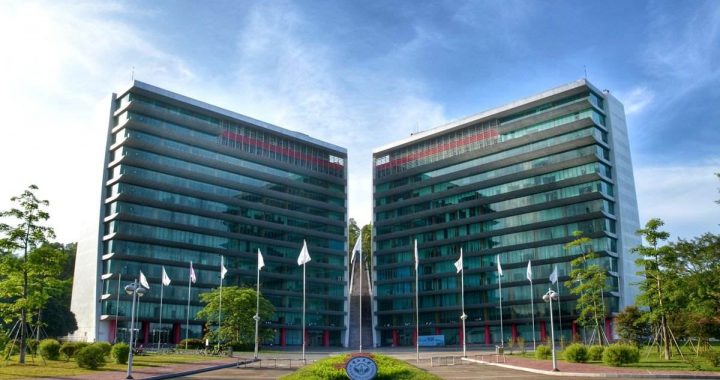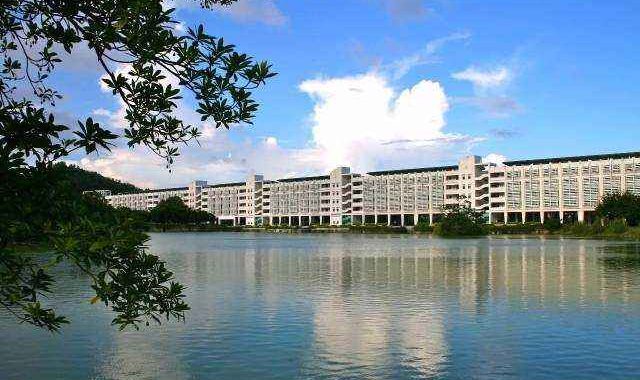Zhuhai is the most livable city in China
3 min readLot that many years ago, Zhuhai was nowhere in the geographical knowledge-base of people who could claim to have seen the world a little more than others. More well-informed people did know there was an outlying frontier village near the mouth of the Pearl River, where a labyrinth of swamps, streams, islands and mud flats made ideal habitats for fish and shrimp, but the “fragrant mountain”seemed to have little appeal as a human settlement.

Only 35 years later, that little-known fishing village was declared by the Chinese Academy of Social Sciences as “the most livable city in China”in a report released in 2014. Zhuhai is well past the days of being overshadowed by Shenzhen-located immediately north of Hong Kong-and by the neon jungle of Guangzhou. Today, Zhuhai is home to some of the most distinguished artists and craftsmen, as well as iconic historical sites, breathtaking coastal scenery of the Pearl River Delta region of China, and a dynamic, innovation-driven economy.
As with neighboring Shenzhen, the implementatio of Zhuhai as an SEZ was largely due to its strategic position neighboring the Macao Special Administrative Region, a trading center similar to Shenzhen’s position with Hong Kong. The city’s “SEZ”status created the perfect economic conditions for increased interaction between Zhuhai and Macao and, consequently, the global market. As result, Zhuhai is now a major city in the Pearl River Delta region. Implementatic of the SEZ concept has successfully given rise to what is now a key port city, a science and education incubator, one of southern China’s premier tourist destinations, and a regional hub for transportation.
Cantonese-speaking region of Guangdong Province, a significant portion of the population made up of Mandarin-speaking economic migrants originally from inland provinces is continuously intensifying this melting pot’s unique cultural diversity and vitality.

In the winter of 1984, Deng Xiaoping made his second inspection tour to southern China. It was not a trip as breezy as his third one in 1992, when all the man’s foresights had become reality and the SEZ drive had blossomed into what was later recognized as the crucial “leaps and bounds”period of modern China. The excitement and anxiety always involved when cutting brave new path had been weighing on the paramount leader of the PRC but, during his stay in Zhongshan, he boldly refused to return by the same route he had come as arranged by the local reception team. “I never look back, “a determined Deng explained straightforwardly. Back in the Zhuhai Hotel, Deng Xiaoping expressed his excitement and best wishes to Zhuhai in a calligraphic piece that will be forever remembere by the city and its people. On that landmark day, a legend was born.

Deng’s confidence in Zhuhai led to the country’s first SEZ economic boom, making 1984 the de facto starting point of the city’s rebirth in all aspects of social and economic development. In the spring of 1992, Deng made his third “South China Tour ” visiting Guangzhou, Shenzhen, and Zhuhai, and spending the New Year in Shanghai.
On this tour, Deng made many speeches and generated large local support for his reformist platform. His well-received catchphrase, “To get rich is glorious”, unleashed a wave of personal entrepreneurship that continues to drive China’s economy today.

In 1992, only 13 years after it joined the nation’s “city” legion, Zhuhai ranked among the country’s “top 50 cities with the most outstanding comprehensive strengths”.

Today, the children of the first new settlers in the city that evolved from swampy isolation into an economic powerhouse, linking the latest trends of the world in less than four decades, have grown up to become the mainstay of the city’s incessant vitality. They are also the lucky beneficiaries of all the profound changes brought by the stunning farsightedness and willpower of Deng Xiaoping, who was so impressed with Singapore’s economic development, greenery and housing during his visit to the country in 1978, impressions that carried over to affect his approach to the Pearl River Delta and Zhuhai, with such long-lasting and historic results.
